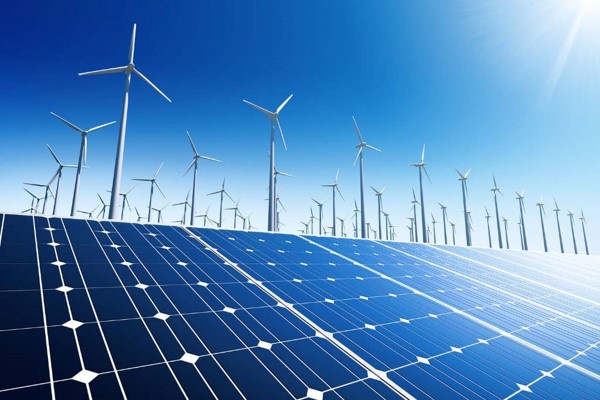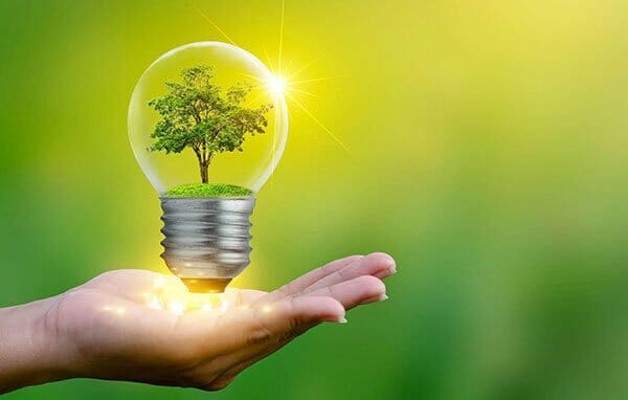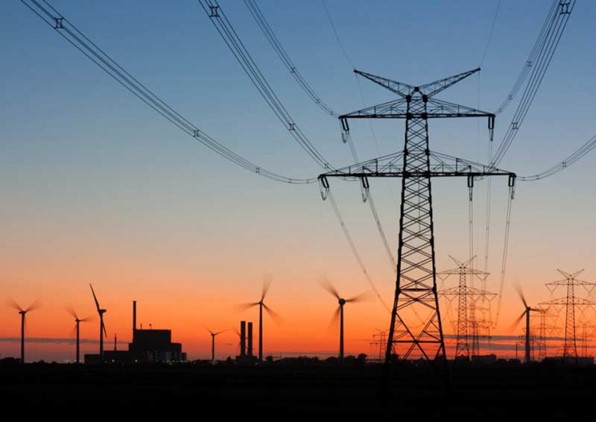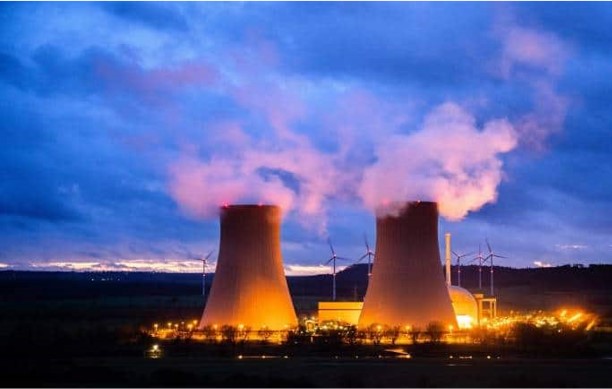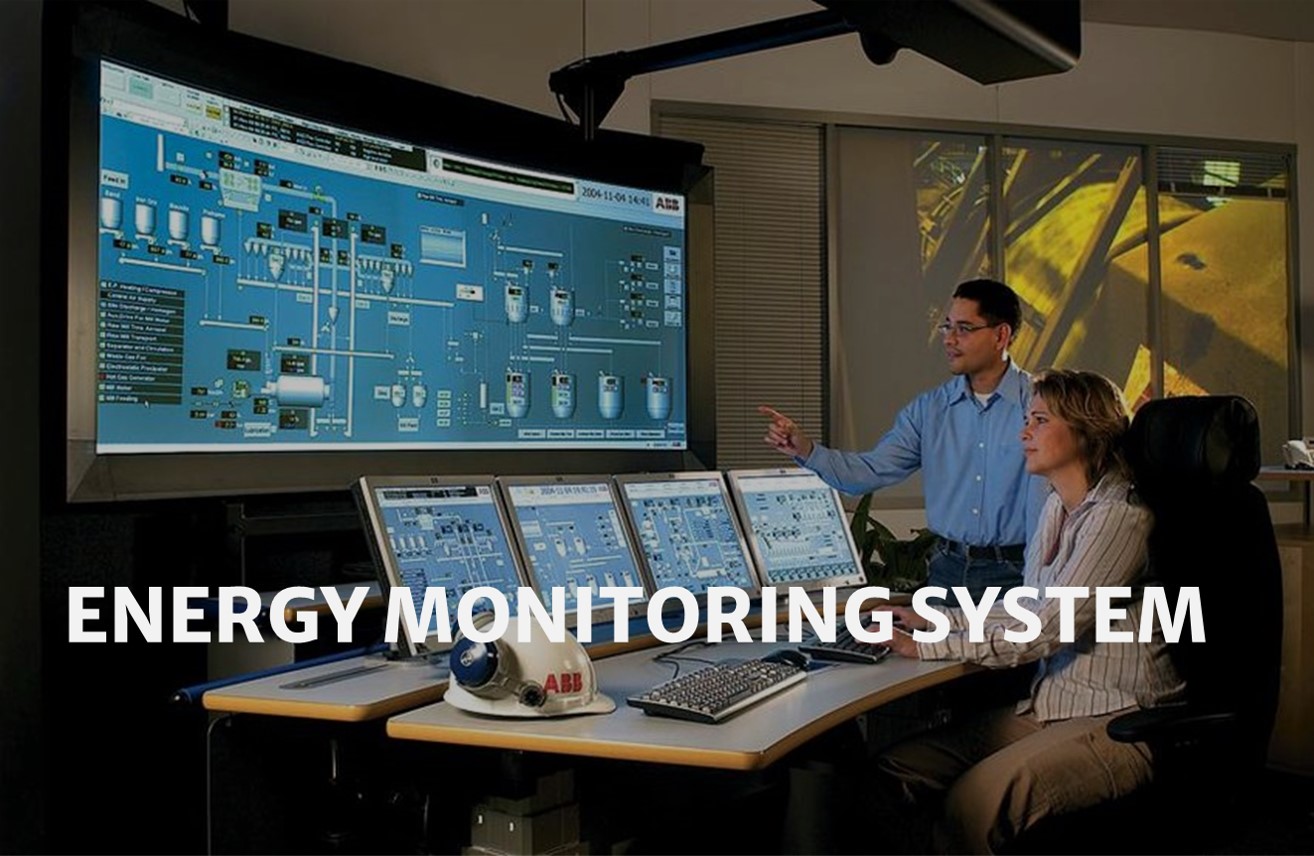
Scope of Work: Energy Monitoring Solution
Note: This is a high-level SOW for an Energy Monitoring Solution. The actual scope is contingent upon customer environment, equipment, processes etc, and other critical parameters.
Project Overview
This document outlines the scope of work for an energy monitoring solution (EMS) for a mid sized factory (energy consumption of <5MW), with some large electrical equipment. EMS measures power consumption and key electrical parameters to identify and optimize energy use, leading to cost savings and improved sustainability.
1. System Objectives:
Monitor real-time and historical energy consumption of equipment: Including chiller plants, AHU, ODU, manufacturing equipment, and motors. Measure and record key electrical parameters: Voltage, current, power factor, harmonics, etc., for comprehensive analysis. Identify areas of high energy consumption and potential savings opportunities. Provide data visualization and reporting tools for insightful analysis. Enable remote monitoring and access for proactive maintenance and troubleshooting. Integrate with existing building management systems (BMS) if applicable.
2. System Components:
Smart meters: Installed individually on each of the target equipment to measure power consumption (kWh) and key electrical parameters. Edge Gateway: Collect data from smart meters and transmit it to the Cloud based application for analysis. Communication network: Secure and reliable wireless or wired network for data transmission. IOT platform: User-friendly platform for data visualization, reporting, analysis, and alarm generation.
3. Measured Electrical Parameters:
Real-time and historical power consumption: Track energy usage patterns and identify peak demand periods. Voltage: Monitor voltage fluctuations and potential power quality issues. Current: Analyze individual equipment current draw and identify inefficiencies. Power factor: Optimize power factor to reduce energy losses and transmission costs. Harmonics: Detect and address harmonic distortion for equipment protection and grid stability. Additional parameters: Depending on specific equipment, sensors can measure temperature, humidity, AQI, vibration, and other parameters for deeper insights.
4. Optimization and Reporting:
Identify and prioritize energy-saving opportunities based on data analysis. Provide reports on: Individual equipment performance and trends. Facility-wide energy consumption breakdown. Cost savings achieved and potential for further improvement. Key performance indicators (KPIs) for energy management. Real-time and historical data visualization for informed decision-making. Generate alarms and notifications for abnormal energy consumption or equipment malfunction.
5. Project Implementation:
Site survey and assessment of existing infrastructure and equipment. System configuration and gateway setup. Network connectivity to the IOT platform. User training and ongoing technical support.
6. Deliverables:
Fully functional and operational energy monitoring solution. Comprehensive user training on the software platform. Detailed reports and analysis of initial energy consumption data. Ongoing support and maintenance for the system.
7. Additional Considerations:
Cybersecurity measures to ensure data security and system integrity. Scalability to accommodate future expansion or additional monitoring needs. Integration with existing platforms if any. Compliance with relevant industry standards and regulations.
8. Next Steps:
Discuss specific requirements to finalize the scope of work. Conduct a detailed site survey and equipment evaluation. Provide a customized proposal outlining technical specifications, costs, and implementation timeline.
Please feel free to contact us if you have any questions or require further information.
Recent Post

Tag Cloud
Scope of Energy Audit:
Identify areas of opportunity for energy saving and recommend the action plan to bring down total energy cost in the organisation.
Read MoreStay Updated!!!
Quick Links
Popular Links
Get In Touch
Bangalore, Karnataka
info@jouleye.com
99000 34002
